A study by Indian NGO Climate Trends and U.K. green tech start-up Riding Sunbeams has suggested self-generated solar power would be an optimal way of helping Indian Railways meet its 2030 net-zero target, given the rapid cut in carbon emissions and cost advantages it would offer.
The document claims up to 28% of the electricity required by Indian Railways trains could come from the state-owned entity’s own solar panels, rather than from the grid, provided the entire rail network is electrified.
With Indian Railways planning to install 20 GW of solar generation capacity to help it to net-zero-operations this decade, the authors of the study suggested around 5,272 MW of that project capacity could directly power the company’s trains – ensuring at least one in four trains would be powered directly from company-owned PV and eliminating 6.8 million tons of carbon emissions annually.
Direct supply
The direct supply of solar electricity to the network’s overhead lines would be more cost-effective for Indian Railways as it would reduce energy transmission and distribution losses, the authors of the study pointed out. The deployment of energy storage trackside would enable even more of Indian Railways’ self-generated solar power to feed its trains.
“Right now, India is leading the world on two vital climate frontiers – rail electrification and solar power deployment,” wrote report author and Riding Sunbeams founder Leo Murray. “Our analysis shows that connecting these two keystone low-carbon technologies together in Indian Railways, can drive both India’s economic recovery from the Covid pandemic and its efforts to transition off fossil fuels to tackle the climate crisis.”
Climate Trends director and study co-author Aarti Khosla said: “Indian Railways plays an important role in the lives of every Indian. Not only is it the most practical mode of transportation, it is also the most famous, and the largest employer in the country. The government pumps large sums of money [in] to modernize the railways which, in turn, will play a large role in a net-zero vision of the nation. There has been analysis that converting all diesel locomotives to electric will, indeed, increase … emissions in the short term. However, this report shows the tremendous opportunity of doing it right the first time, by creating a direct connection of the locomotive system to solar PV installations, meeting more than a quarter of the total demand.”
Emissions
India’s coal-dependent power system would also likely entail a rise in emissions as Indian Railways aims to electrify all routes by 2023, the researchers warned.
The report’s authors based their calculation of the amount of solar electricity which could directly power trains on the energy demand of the 16 of Indian Railways’ 18 zones for which annual consumption data were available – with the Metro zone centered on Kolkata and the new Visakhapatnam-based South Coast Railway the exceptions.
Demand-supply
For each zone, train power requirements were matched with regional solar resource potential.
The report’s authors found the best five zones for photovoltaic-to-rail potential were the South Central Railway, which featured 394 MW of train electricity demand and the potential to host 625 MW of solar generation capacity; Central Railway (299-475 MW); Northern Railway (290-459 MW); Western Railway (280-443 MW); and West Central Railway (278-440 MW).
The North Eastern Railway had the smallest train power demand and, therefore, would only host 117 MW of solar capacity, according to the study.
This content is protected by copyright and may not be reused. If you want to cooperate with us and would like to reuse some of our content, please contact: editors@pv-magazine.com.
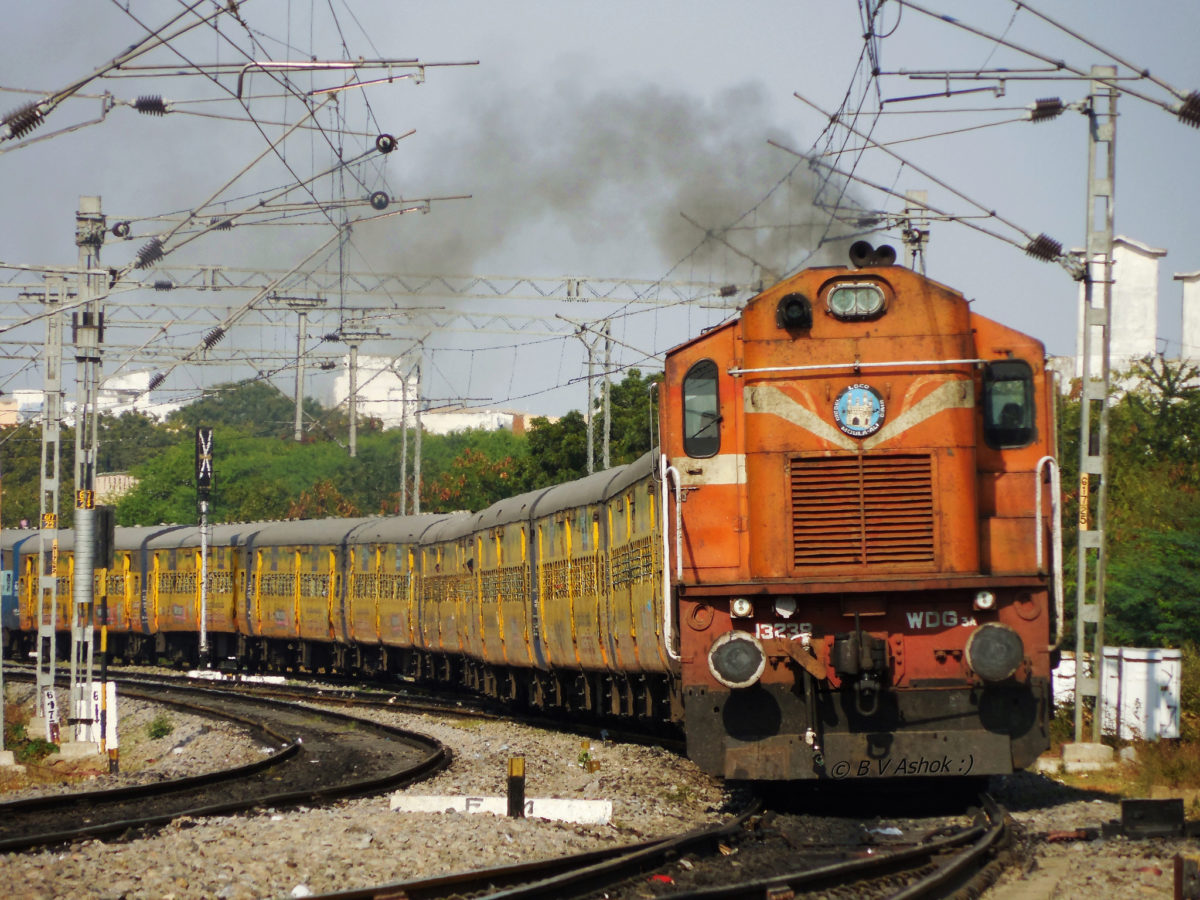



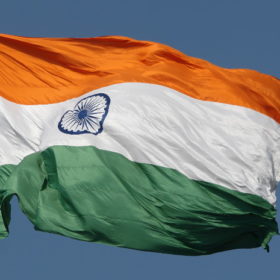

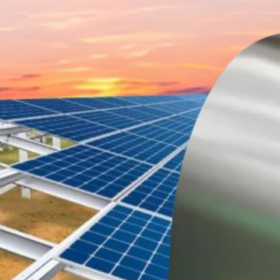
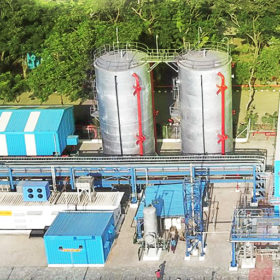
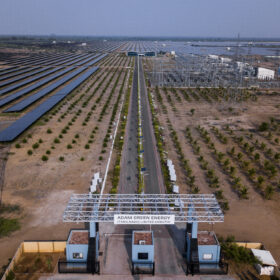
1 comment
By submitting this form you agree to pv magazine using your data for the purposes of publishing your comment.
Your personal data will only be disclosed or otherwise transmitted to third parties for the purposes of spam filtering or if this is necessary for technical maintenance of the website. Any other transfer to third parties will not take place unless this is justified on the basis of applicable data protection regulations or if pv magazine is legally obliged to do so.
You may revoke this consent at any time with effect for the future, in which case your personal data will be deleted immediately. Otherwise, your data will be deleted if pv magazine has processed your request or the purpose of data storage is fulfilled.
Further information on data privacy can be found in our Data Protection Policy.